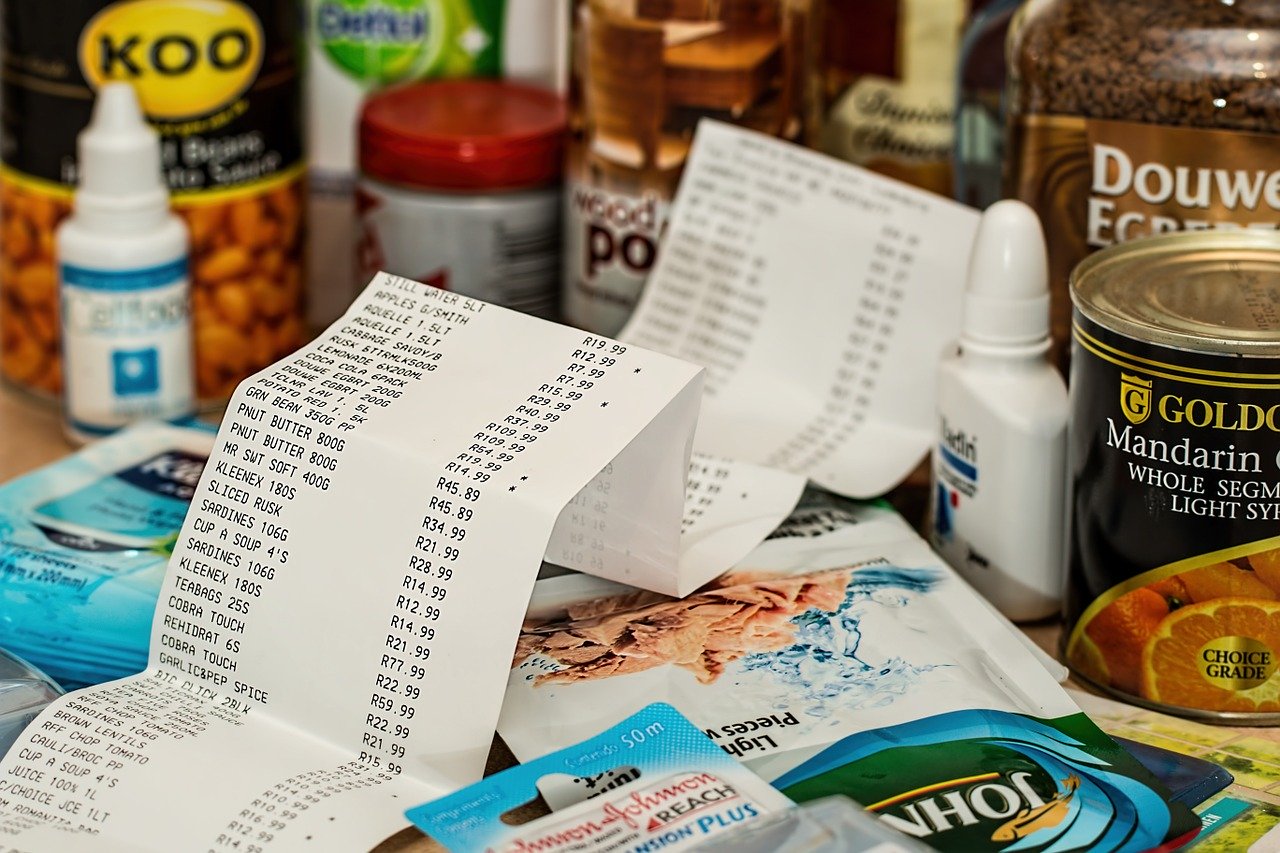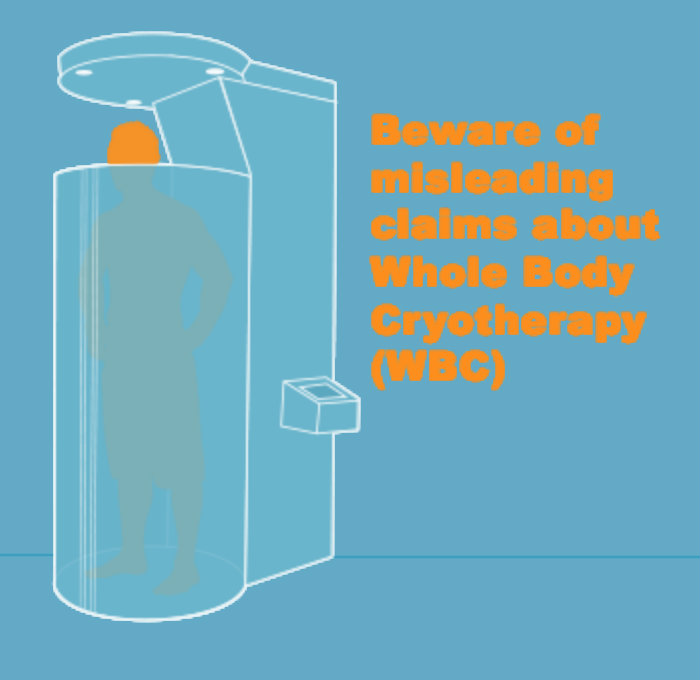Forced by medication costs to choose between regularly taking their medications or buying groceries, some people with multiple sclerosis are choosing the groceries. Some are skipping doses and others have stopped taking their disease-modifying therapies (DMTs) entirely.
This troubling news is reported in a survey by the National Multiple Sclerosis Society (NMSS). The results show that about 40 percent of those surveyed have skipped or stopped taking their DMTs because they couldn’t afford it. More than half of the 578 respondents are worried that over the next few years, they may have have to make the ms meds or food choice.
Others squeezed by the high cost of DMTs have altered their lifestyles in other ways: 25 percent have spent less on themselves, 16 percent have reduced their savings for retirement or college tuition, 9 percent have put off paying bills, 4 percent have postponed retirement plans, and 2 percent have taken a second job. The financial burden of MS meds would likely fall on many more shoulders were it not for financial assistance programs, most of which are provided by the pharmaceutical companies who make the DMTs. More than 70 percent of the people in the NMSS survey say they’ve received financial assistance for the DMT they are currently using. More than 80 percent say they would have some or extreme financial burden if they didn’t receive assistance.
MS meds prices soar
This survey comes at about the same time as a study published in an online issue of the journal Neurology reporting that the cost of MS medications nearly tripled between 2011 and 2017. Looking at the database of the U.S. Medicaid system, researchers found that spending on 15 DMTs rose from $453 million to $1.32 billion over those seven years. This increase happened despite the introduction of generic versions of some of these DMTs.
The report uses glatiramer acetate (also sold under the trade name Copaxone) as an example. The generic version of glatiramer acetate was introduced in the U.S. in 2015. Yet when that happened, the price of Copaxone immediately rose by $441 per prescription.
Here’s why, according to study author Daniel Hartung, PharmD, MPH, of Oregon State University: “Before the introduction of the generic drug, the maker of the brand name drug worked to push its market share from the 20 mg dose to the 40 mg dose, which was not interchangeable with the new generic.”
Hartung added, “The low market share for the generic drug was also because the generic drug was only 15 percent less expensive than the brand name drug at 20 mg [and] approximately the same cost as the 40 mg dose when it launched. Of course, some doctors and patients may also be reluctant to switch to a generic drug for clinical reasons.”
The cost driver may not be what you think
In an interview published last November by the online journal Neurology, four executives directly involved in the marketing or price-setting of DMTs for MS were interviewed about how prices are set for those medications. Their answers were not the usual “we have to recover our research costs” explanation that we usually hear from pharmaceutical companies.
“Participants consistently stated that initial price decisions were dictated by the price of existing competitors in the market,” the story said. “Revenue maximization and corporate growth were drivers of price escalations in the absence of continued market penetration.” (My emphasis). “Although decisions to raise prices were motivated by the need to attract investment for future innovation, recouping drug-specific research and development costs as a justification was not strongly endorsed as having a significant influence on pricing decisions,”
Ouch! Well, at least these execs appear to be honest about what’s happening. But if this information is correct, what in the world can we do about it? I mean, people are choosing between MS medications (and other meds, I suspect) and food! Any ideas?
(Featured image by Steve Buissinne from Pixabay)
(This post first appeared as my column on the MS News Today website).



